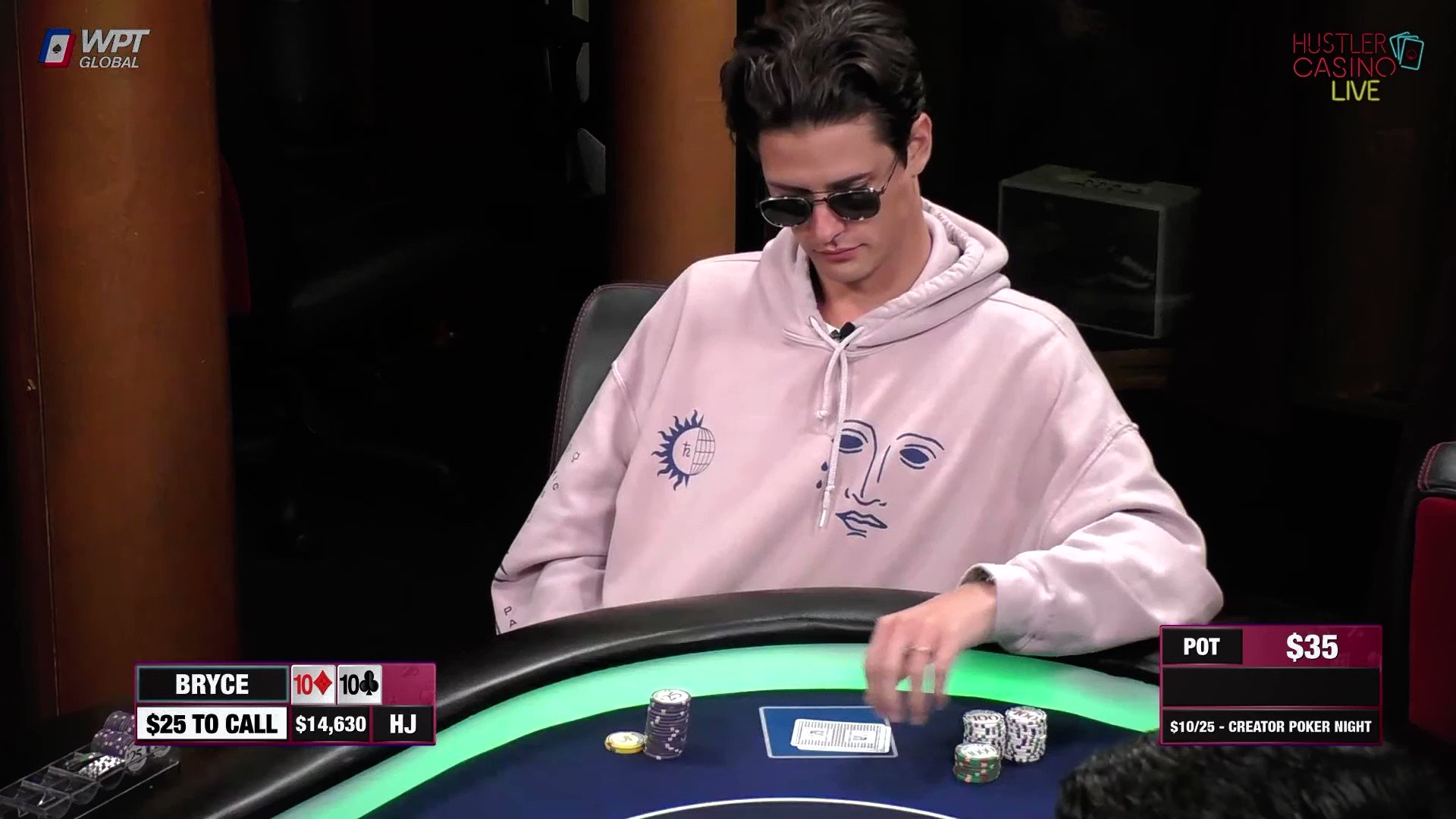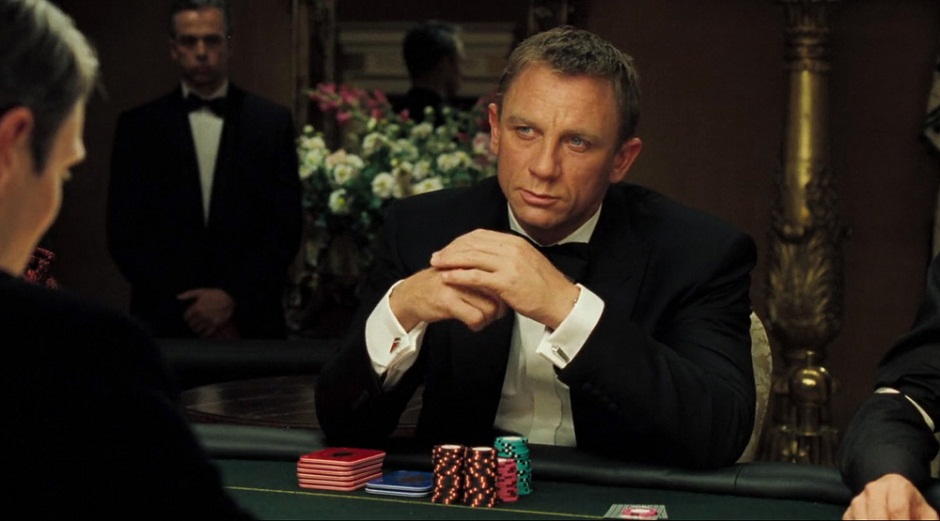
Общие ошибки, которых следует избегать при блефе:
Блеф может быть высокорискованной и высокодоходной стратегией в онлайн-покере. Однако некоторые ошибки могут снизить ее эффективность или даже привести к значительным потерям. Избегайте этих распространенных ошибок блефа:
Слишком частый блеф: Чрезмерный блеф может привести к предсказуемости и эксплуатации со стороны наблюдательных оппонентов. Используйте блеф экономно и стратегически.
Блеф против свободных игроков: Блефовать против свободных и агрессивных игроков может быть рискованно, поскольку они с большей вероятностью сделают колл или повысят ставку. Выбирайте свои цели с умом.
Блеф на мокрых досках: Мокрые доски с множеством потенциальных розыгрышей могут затруднить успешный блеф. Оцените текстуру доски, прежде чем пытаться блефовать.
Игнорирование образа стола: Ваш имидж за столом играет решающую роль в успехе ваших блефов. Если у вас репутация игрока, играющего туго, ваши блефы могут быть встречены скептически.
Неумение приспосабливаться: Адаптируйте свою стратегию блефа в зависимости от меняющейся динамики игры. Будьте гибкими и готовы корректировать свой подход, когда это необходимо

Советы по успешному блефу в онлайн-покере
Блеф в онлайн-покере требует мастерства, своевременности и глубокого понимания игры. Вот несколько ценных советов, которые помогут вам улучшить свои способности к блефу:
Наблюдайте за своими противниками: Уделяйте пристальное внимание стилю игры и тенденциям ваших оппонентов. Ищите модели поведения, которые помогут вам понять, когда они могут быть уязвимы для блефа.
Выберите правильный стол: Выбирайте столы с менее опытными или склонными к фолдам игроками. Блеф против узких и осторожных игроков обычно более эффективен.
Контролируйте свой имидж: Создайте солидный имидж за столом, смешивая свой стиль игры. Показывайте силу с сильными руками и иногда блефуйте со слабыми руками, чтобы заставить оппонентов гаать.
Используйте позицию в своих интересах: Блеф из поздней позиции дает вам больше информации о действиях ваших оппонентов, что облегчает выполнение успешных блефов.
Начинайте с малого и постепенно увеличивайте ставки: Начинайте с небольших блефовых ставок, чтобы оценить реакцию соперников. Если они будут постоянно отступать, вы можете постепенно увеличивать размер своих блеф-ставок, чтобы получить большее вознаграждение.
Учитывайте текстуру доски: Учитывайте общие карты на столе и то, как они могут повлиять на руки ваших оппонентов. Блеф становится более эффективным, когда борд неблагоприятен для сильных рук.
Избегайте предсказуемых шаблонов: Варьируйте частоту блефа и размер ставок, чтобы оппоненты не смогли определить ваши тенденции к блефу. Непредсказуемость – ключ к успешному блефу.
Наберитесь терпения: Не пытайтесь блефовать, если условия не подходят. Будьте терпеливы и ждите подходящего момента для эффективного блефа.
Тоже хочешь срывать большие банки?
Влетай игру вместе с нами!


 APPokerDeals_bot
APPokerDeals_bot
 jekiss_x?chat
jekiss_x?chat
 @apdhelp
@apdhelp
 +380663699671
+380663699671
